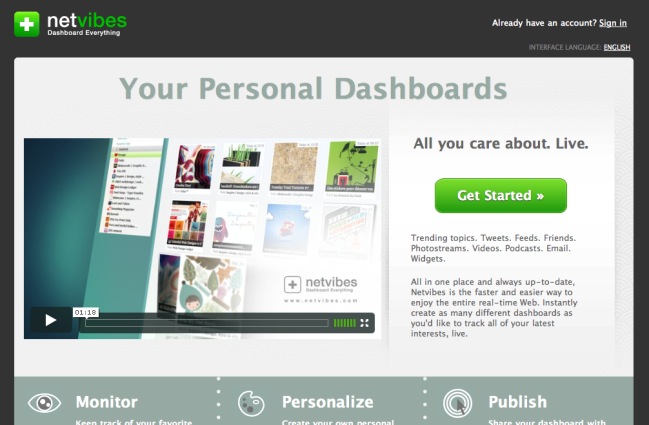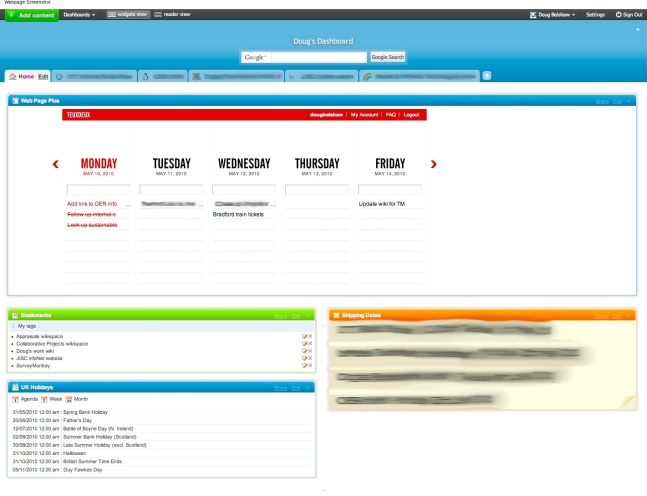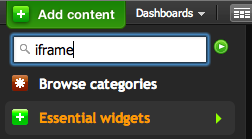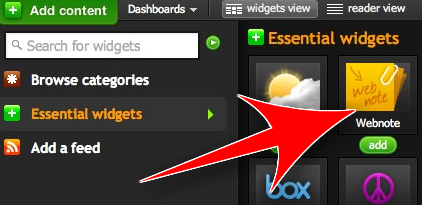(A)synchronous project updates within organisations
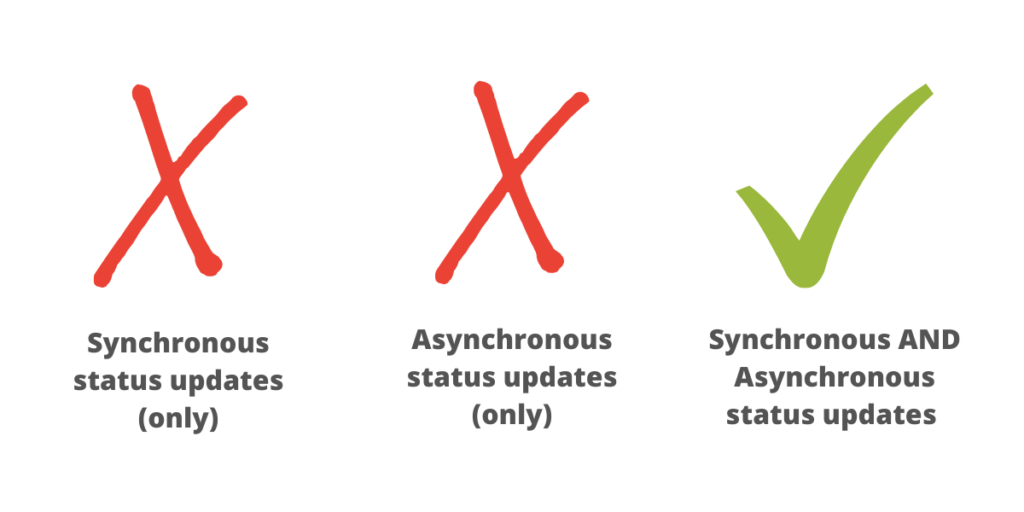
As a consultant, I find that there are, broadly speaking, three types of teams and organisations when it comes to project updates:
- Synchronous updates (only)
- Aynchronous updates (only)
- Asynchronous and synchronous updates
The purpose of this post is to explain why the third of these is by far the better option.
1. Synchronous updates (only)
The most popular (the default, even!) are those only doing synchronous project updates. This means that the team, group, or other unit of organisation finds out the whole picture of what’s going on in the weekly team meeting.
Advantages: every project update can come with full context and, if someone doesn’t understand, or has a question, this can be addressed immediately. If the project team is meeting face-to-face or via video then facial expressions and body language can convey additional information.
Disadvantages: if the project team is only receiving updates on the day of the meeting, then the information they have can be up to six days out of date at any given time. Also, anyone who misses the meeting has to rely on the notes.
2. Asynchronous updates (only)
Other teams, groups, or other units of organisation only do asynchronous project updates. This means that meetings are rare, and the main way to find out what’s going on is to check the place where updates are made.
Advantages: anyone with the necessary permissions can get involved, which is why this approach is common to Open Source Software projects. What you see is what you get, and combined code repositories and issue trackers (e.g. GitHub) provide a decent workflow to get things done.
Disadvantages: with the human element removed, it’s difficult for the full context (including relative importance) of an update to be conveyed, and for serendipitous links to be made between projects.
3. Asynchronous and synchronous updates
The best teams I’ve come across do a combination of asynchronous and synchronous project updates. They meet regularly face-to-face or by video and provide updates in a dedicated space between meetings.
Advantages: everyone on the project gets full context around an update, either in the dedicated space or by asking a question about it in the meeting. There is now more time in meetings for forward planning and innovation.
Disadvantages: none that I can think of!
N.B. Workplace chat solutions such as Slack are great for many things. Given the potentially low signal/noise ratio, project updates are not necessarily one of them. Instead, I recommend using a dedicated space — e.g. Trello or Nextcloud Deck.
This post is Day 64 of my #100DaysToOffload challenge. Want to get involved? Find out more at 100daystooffload.com


